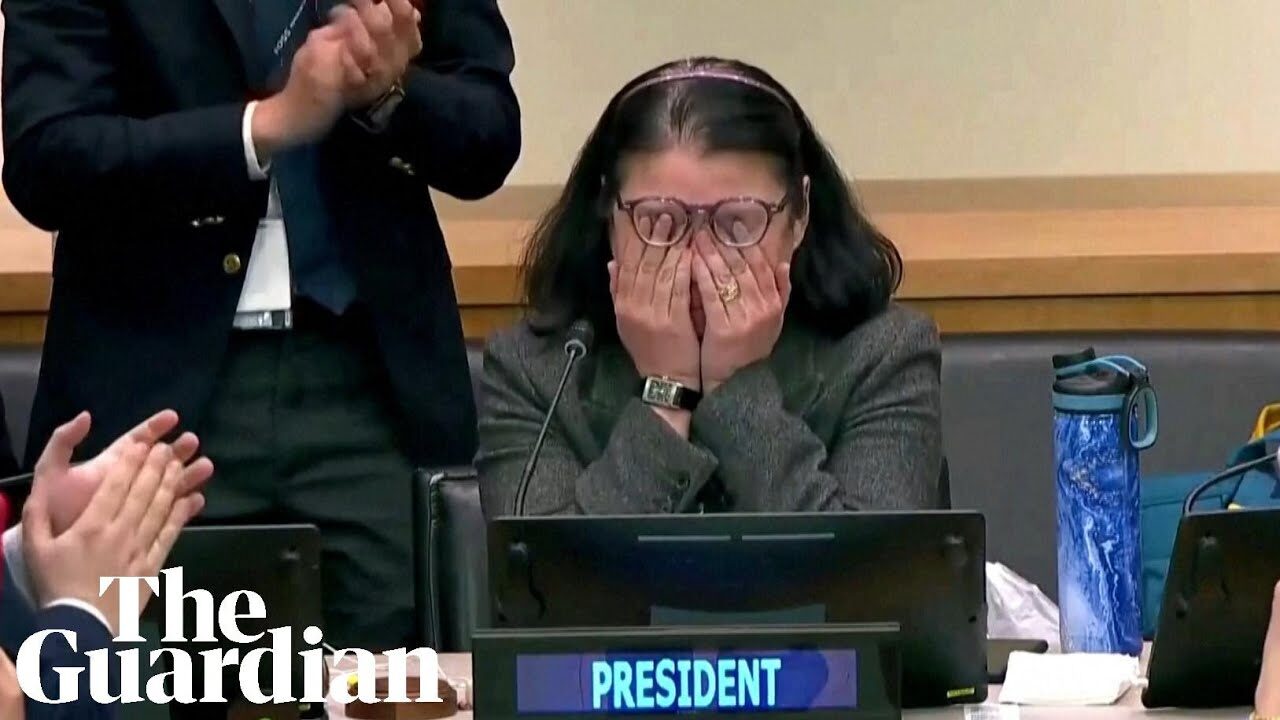
UNITED NATIONS: The United Nations member states have finally come to an agreement on a legal framework to protect the world’s oceans. After 15 years of discussions on the legally binding pact to conserve and ensure the sustainable use of ocean biodiversity, this international treaty, known as the High Seas Treaty is seen as a crucial component in bringing 30 per cent of the world’s land and sea under protection by the end of the decade, a target known as “30 by 30”.
The treaty saw the light only after Rena Lee, the Conference President, took to the floor of the UN headquarters in New York and worked for two days through the night without leaving the conference room along with the delegates, in order to get the deal done.
This treaty will provide a legal framework for establishing vast Marine Protected Areas (MPAs) which will cover almost two-thirds of the ocean that lies outside the national boundaries to protect against the loss of wildlife and share the genetic resources of the high seas.
It is also decided that a Conference of the Parties (CoP) will periodically meet and enable member states to be held accountable on related issues.
The High Ambition Coalition – which includes the United States, United Kingdom, European Union, and China were the key players in negotiating the deal.
Virginijus Sinkevičius, the European Commissioner for the Environment, Ocean and Fisheries, described the agreement as a “Historic moment for the ocean”. He said, “With the agreement on the UN High Seas Treaty, we take a crucial step forward to preserve the marine life and biodiversity that are essential for us and the generations to come”. He further added, “It is also a proof of strengthened multilateral cooperation with our partners and a major asset to implement our COP15 goal for 30 per cent ocean protection. I am very proud of our outcome.”
Michael Imran Kanu, the head of the African Group and Ambassador and Deputy Permanent Representative to the UN for Legal Affairs of Sierra Leone mentioned that the treaty was “robust and ambitious”. He also mentioned that an initial upfront fund would be set up and both monetary and non-monetary benefits would be shared under the treaty.
It was a major accomplishment that an agreement could be achieved among 193 countries, but conservationists claim that there is still much room for improvement. In particular, nations agreed that existing agencies currently in charge of regulating activities such as fisheries, shipping, and deep-sea mining could do so indefinitely without having to carry out the environmental impact assessments laid down by the treaty.
One of the key challenges faced by both developing nations and developed countries was discussing how to share marine genetic resources (MGR) with fairness and their eventual profits. Due to their potential use in pharmaceuticals and cosmetics, MGR, which are made up of the genetic material of bacteria, corals, krill, seaweed, and deep-sea marine sponges, are gaining more scientific and commercial attention.
In an attempt to build trust between the developed and developing countries, the European Union pledged $42 million to facilitate the ratification of the treaty and its early implementation.
Monica Medina, the United States Assistant Secretary for Oceans, International Environment and Scientific Affairs, said “We leave here with the ability to create protected areas in the high seas and achieve the ambitious goal of conserving 30 per cent of the ocean by 2030. And the time to start is now.”
Rebecca Hubbard, Director of the High Seas Alliance, said “Following a two-week-long roller coaster of a ride of negotiations and superhero efforts in the last 48 hours, governments reached an agreement on key issues that will advance protection and better management of marine biodiversity in the high seas.”

